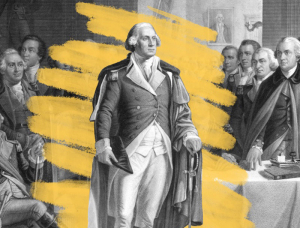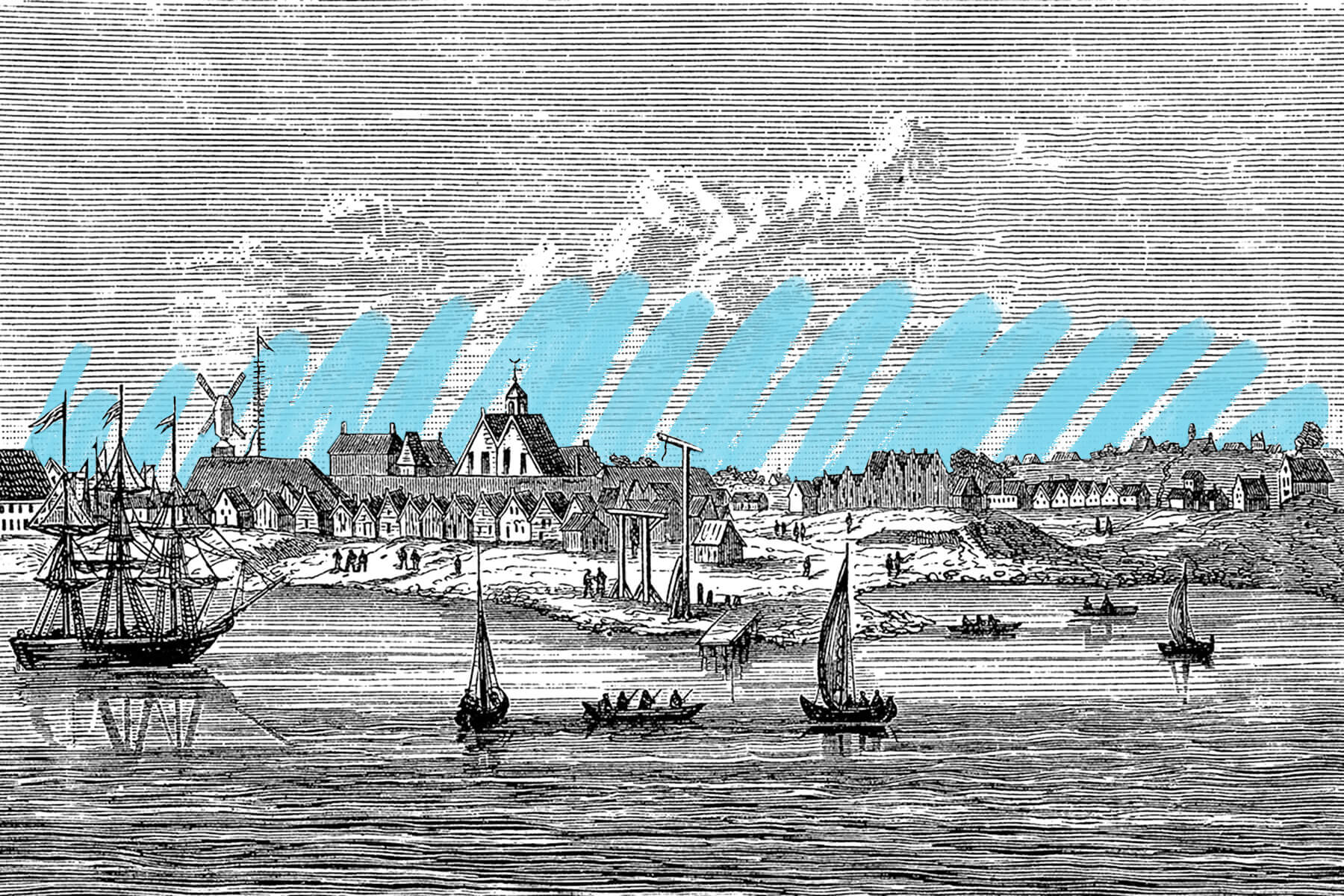Manhattan was once “traded” for a tiny Indonesian island.
In the 17th century, the Netherlands, through the Dutch East India Company, had control of the tiny, remote archipelago of Banda where all of the nutmeg trees on Earth grew — except for one island, Pulau Rhun, which was under British control. The Dutch were pretty unhappy about that holdout, and spent four years fighting their way onto the island, eventually seizing it in 1621. Then, in 1664, as part of a larger conflict over international trade and shipping, the British sent frigates to New Amsterdam, a marshy Dutch colony and fur trading outpost on the Atlantic coast of North America, to claim it for the British Empire.
Both nations were adamant about taking over these territories — and neither was putting up much resistance at that point — so in 1667, when the Treaty of Breda ended the Second Anglo-Dutch War, they struck a deal. The Netherlands, presented with an opportunity to control the entire world’s nutmeg supply, ceded control of New Amsterdam, which comprised what is now lower Manhattan in New York City, to the British. (Today, neither country has control of either territory — the United States won independence from Great Britain, and the Banda Islands are officially part of Indonesia.)It may seem surprising from a modern perspective: A country traded what became an economic and cultural powerhouse for a volcanic island less than 2 miles long. But at the time, the so-called Spice Islands, which included the Banda archipelago, were extremely valuable territory to European colonial forces, which had been violently competing for shares of the spice trade for more than a century. The remote islands were the only source of many seasonings we take for granted today, including not only nutmeg, but also cinnamon, ginger, cumin, and black pepper.







